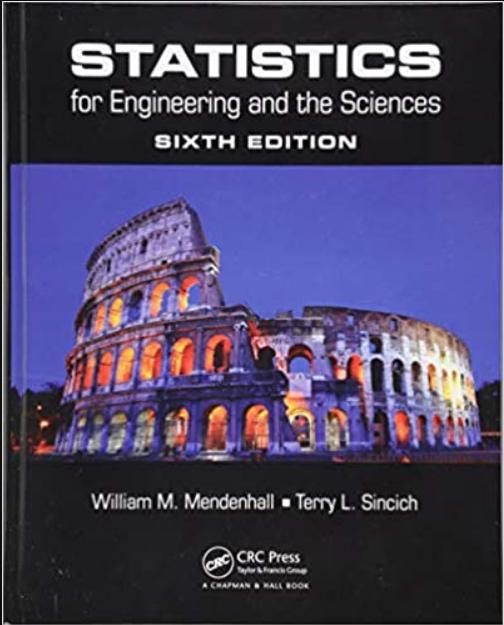Answered step by step
Verified Expert Solution
Question
1 Approved Answer
The effective change in velocity, Av, required to launch from Earth's surface to Low Earth Orbit (LEO) is about 9.5 km/s.' Let's use Tsiolkovsky's

The effective change in velocity, Av, required to launch from Earth's surface to Low Earth Orbit (LEO) is about 9.5 km/s.' Let's use Tsiolkovsky's rocket equation to design a space launcher capable of lifting 1,000 kg of payload, mp, to LEO. The equation can be written as: = ve In mo m Where, mo, is the initial mass of the vehicle and m is the mass of the vehicle after the change in velocity. The difference between the two is the mass of propellant expended, m. ve is the effective exhaust velocity, in m/s. This is very often expressed in terms of a specific impulse, Isp: Where go is standard gravity of 9.80665 m/s. ve = Isp 90 Let's assume (very optimistically!) that structure makes up 3% of the total mass of fuel, m = mo - m, and that the rocket motors have an Isp of 275 s at sea level. Then, the initial mass is: And the mass at LEO is: mo (1+0.03) m + mp m = (0.03) m + mp Questions: 1. If we design this rocket with a single stage, what will be the total mass at launch, mo? 2. Next, design a rocket to do the same mission using multiple stages. You can accomplish this by applying the rocket equation repeatedly for each stage until the sum of Av for each stage meets the velocity required to reach LEO. Remember that each stage must carry the initial mass of the stages above it as payload. You can choose to use a special engine designed to operate in vacuum for your upper stage(s). This engine has a vacuum Isp of 350 s, but the longer nozzle required increases the structural mass of the stage by 25% over the sea-level optimized rocket. What is the total mass of your rocket? How does it compare to the single stage variant? 3. What happens if we increase the mass of the structure to a more realistic 10% of the fuel mass? Can you still design a single stage rocket to complete this mission? 4. BONUS: Design a multistage rocket with a structure having 10% the initial fuel mass. How does the mass fraction (dry mass to fueled mass) compare to an actual space launch vehicle?
Step by Step Solution
There are 3 Steps involved in it
Step: 1

Get Instant Access to Expert-Tailored Solutions
See step-by-step solutions with expert insights and AI powered tools for academic success
Step: 2

Step: 3

Ace Your Homework with AI
Get the answers you need in no time with our AI-driven, step-by-step assistance
Get Started


